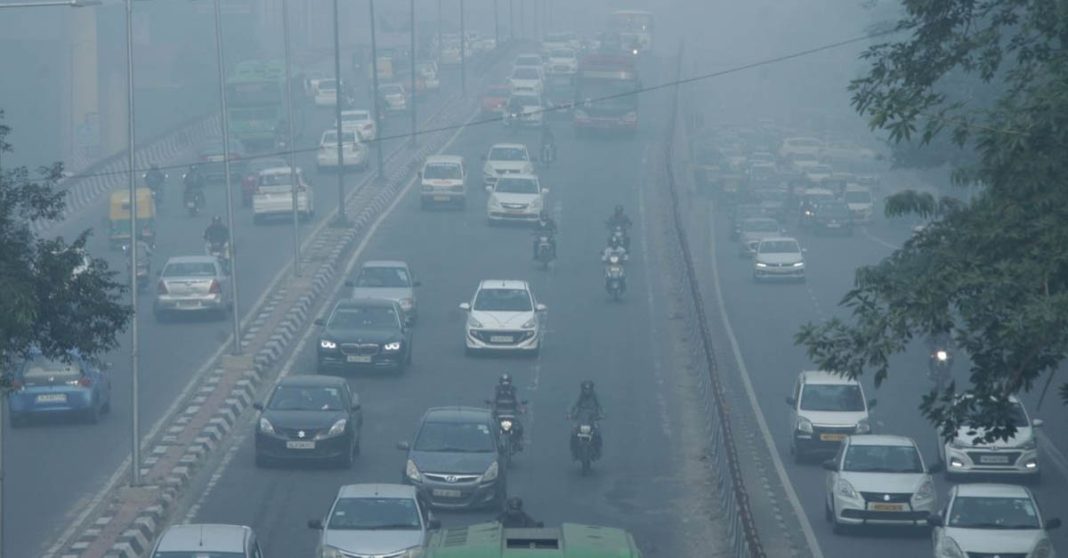According to the latest annual Air Quality Life Index report released on Tuesday, air pollution has emerged as the foremost threat to human life expectancy.
The study, conducted by the Energy Policy Institute at the University of Chicago, reveals that air pollution has taken a significant toll on global life expectancy, slashing the global average by 2.3 years.
One of the key findings of the report is that the adverse health impacts of inhaling toxic air are similar to those of smoking. Polluted air also inflicts more than three times the harm caused by alcohol consumption, and unsafe water, and five times more than injuries caused by car accidents. This emphasizes the immediate necessity of addressing this problem as a global health emergency.
Adding to the worry, a separate study carried out by researchers from the Harvard Chan School of Public Health found that extended exposure to highly polluted air, often referred to as “fine particulate matter,” consistently correlated with higher risks of Dementia and Alzheimer’s disease.
The study also identifies the regions most severely affected by air pollution: Africa and Asia are responsible for more than 92 percent of the global life expectancy loss. In these regions, air pollution has now become as critical a threat to public health as HIV/AIDS and malaria. However, the lack of appropriate infrastructure across these two continents hampers efforts to improve air quality.
Around 75 percent of the worldwide effect on life expectancy due to air pollution is centered in six countries, including Bangladesh, India, Pakistan, China, Nigeria, and Indonesia. In these countries, individuals lose anywhere from one to over six years of their lives due to the air they breathe.
While the task of combating air pollution may seem daunting, there are success stories that offer hope. China, for instance, has made significant strides in reducing air pollution over the past decade through its “war against pollution” campaign. By 2021, the country managed to decrease air pollution levels by over 42 percent, resulting in its citizens gaining an average of 2.2 years in life expectancy.
Back in March, Laos faced a serious air pollution issue, particularly in Luang Prabang where the air quality index skyrocketed to hazardous levels of around 500. The main reason for this was crop slash-and-burn farming practices that are common in the region during the dry season.
In response, Lao Prime Minister Mr. Sonexay Siphandone took action by instructing the Ministry of Agriculture and Forestry to collaborate with the defense and public security ministries and local authorities to patrol the forests and keep a close watch on crop-burning activities.



